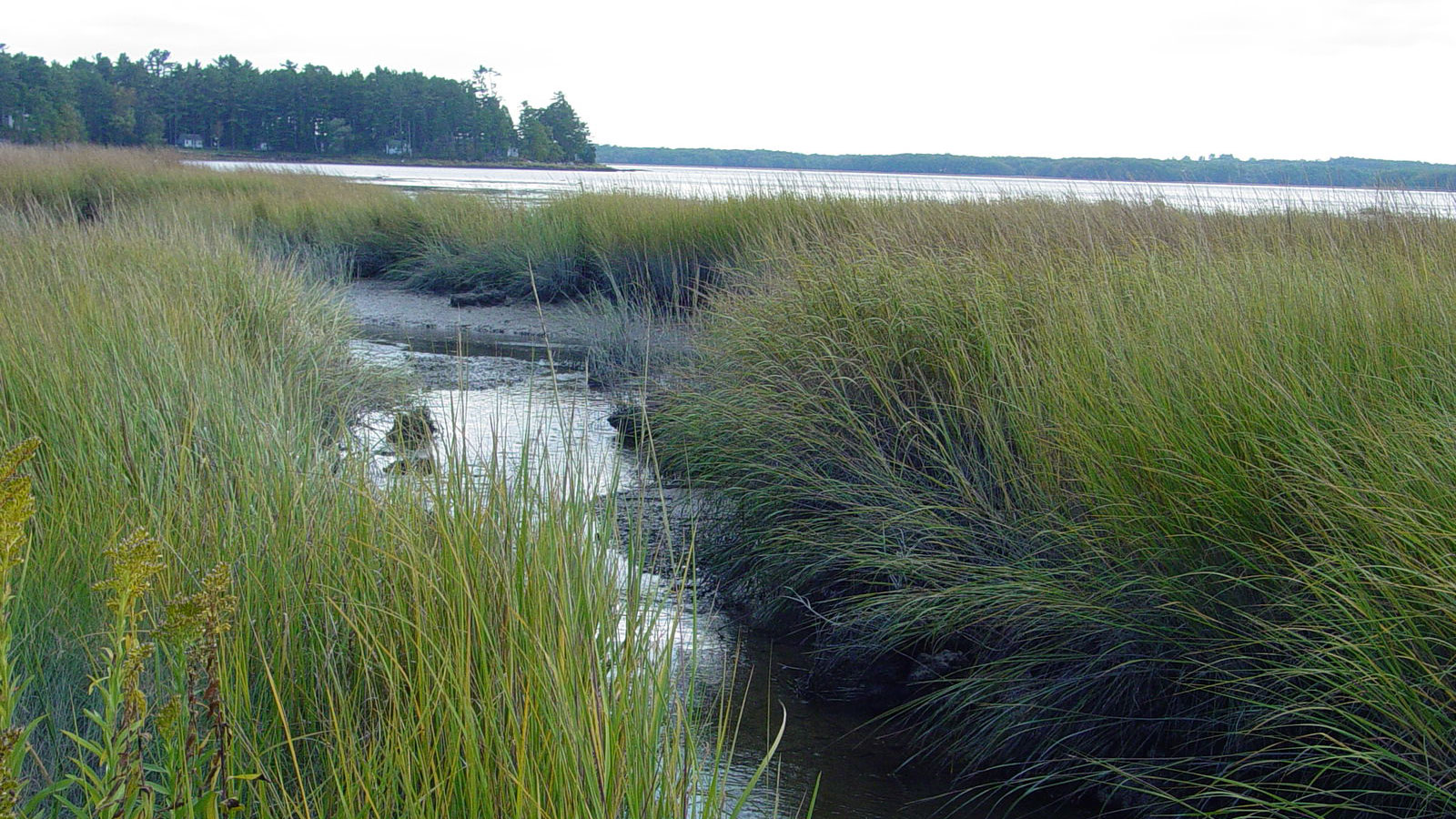In the 1930s, the U.S. government put people to work digging thousands of miles of ditches through tidal marshes along the East Coast.
The goal was to drain standing water and reduce the area where mosquitos could breed. But altering marshes came at a cost.
Amanda Spivak of the University of Georgia says that healthy salt marshes help protect communities from flooding by absorbing water and buffering waves.
“We’ve seen with major hurricanes that the presence of really healthy marshes or extensive marsh flats have had a huge benefit in reducing potential damage to those communities,” she says.
One reason salt marshes are such an effective buffer against sea-level rise is that they grow in elevation over time. It happens naturally as sediment flows into the marsh from rivers and marsh grasses build roots.
But ditches undermine this process. Spivak studied New England salt marshes and found that areas with ditches are lower in elevation than undisturbed areas.
“This ditching can actually reduce the ability of the marsh to protect those homes from coastal flooding,” she says.
So her team is working to identify strategies for managing and restoring the marshes, so they can better protect communities from rising seas.
Reporting credit: Sarah Kennedy/ChavoBart Digital Media


